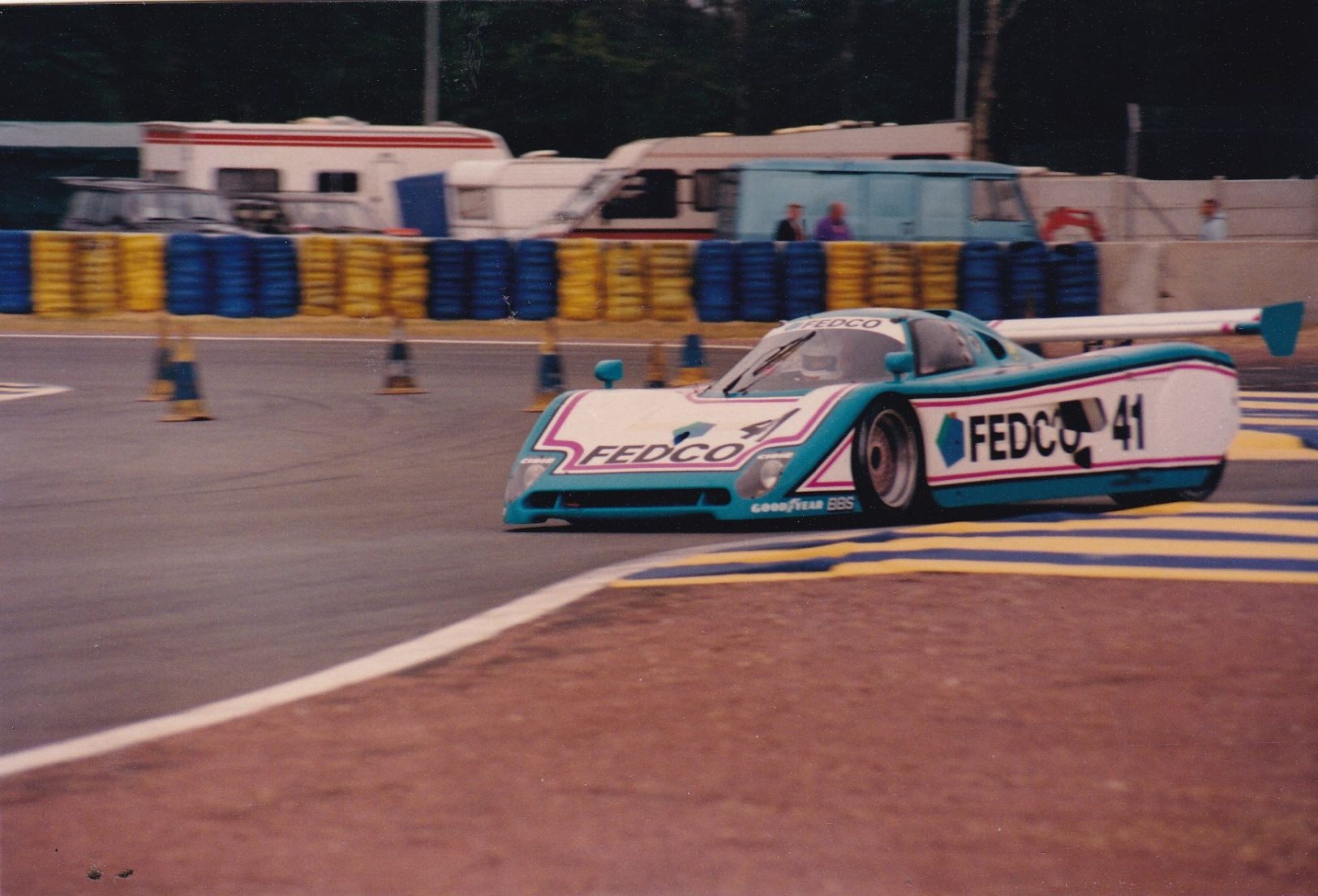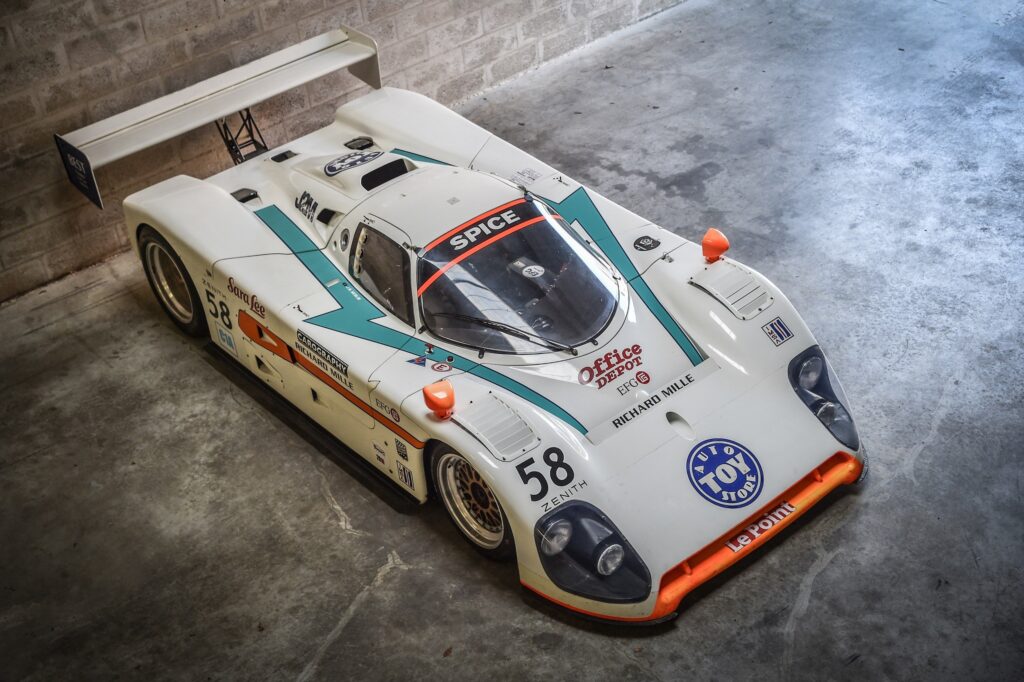Spice

Spice
Founded
1980S
Founders
Gordon Spice
Country
United Kingdom
Headquarters
United Kingdom

Spice
Founded
1980s
Founders
Gordon Spyce
Country
United Kingdom
Headquarters
United Kingdom
About this brand
Discover the history
Spice Engineering, founded by Gordon Spice in 1986, quickly gained prominence in motorsports, particularly within Group C2 racing, with the goal of providing affordable, turnkey race cars for privateer teams. Spice’s vision was to create customer-focused racing machines that would rival the dominance of established brands like Porsche. With collaboration from figures such as Jeff Hazell and Graham Humphrys, the company set out to develop race cars adaptable to a wide range of engine configurations. Spice’s cars, such as the SE86C, were highly successful in the C2 class, winning numerous championships, including the World C2 title.
In 1986, the Spice SE86C debuted in Europe, while Pontiac partnered with Spice to develop a version of the car for the U.S. IMSA series. This collaboration resulted in the Pontiac Fiero GTP, which became a dominant force in the IMSA Camel Lights series. In the late 1980s, Spice Engineering continued to thrive, earning another C2 World Championship in 1988 and capturing the Camel Lights title, marking the first of five consecutive wins in that category.




Spice’s success was largely due to its emphasis on producing customer cars that were easy to operate, making them a favorite among gentleman racers. By the late 1980s, Spice had expanded its operations to include various engine configurations and even larger, more powerful Group C1 cars. However, as motorsport regulations evolved, particularly with the introduction of the 3.5-liter Group C formula in the early 1990s, the cost of development increased significantly. The company struggled to keep pace with these changes, and financial difficulties ensued.
Despite their strong presence in both European and American sports car racing, the early 1990s marked a downturn for Spice Engineering. The company’s move to larger facilities in Brackley, England, coincided with a global recession and the end of the Group C2 category, which had been the cornerstone of Spice’s business. Several potential deals to secure the company’s future fell through, and internal conflicts between Spice and key team members further strained the company. By the end of 1990, Spice Engineering was no longer able to compete at the highest levels of motorsport and ultimately ceased operations.
Though the company had a relatively brief existence, Spice Engineering left a lasting legacy in sports car racing, particularly for its success in the C2 category and for providing privateer teams with competitive, cost-effective race cars.





